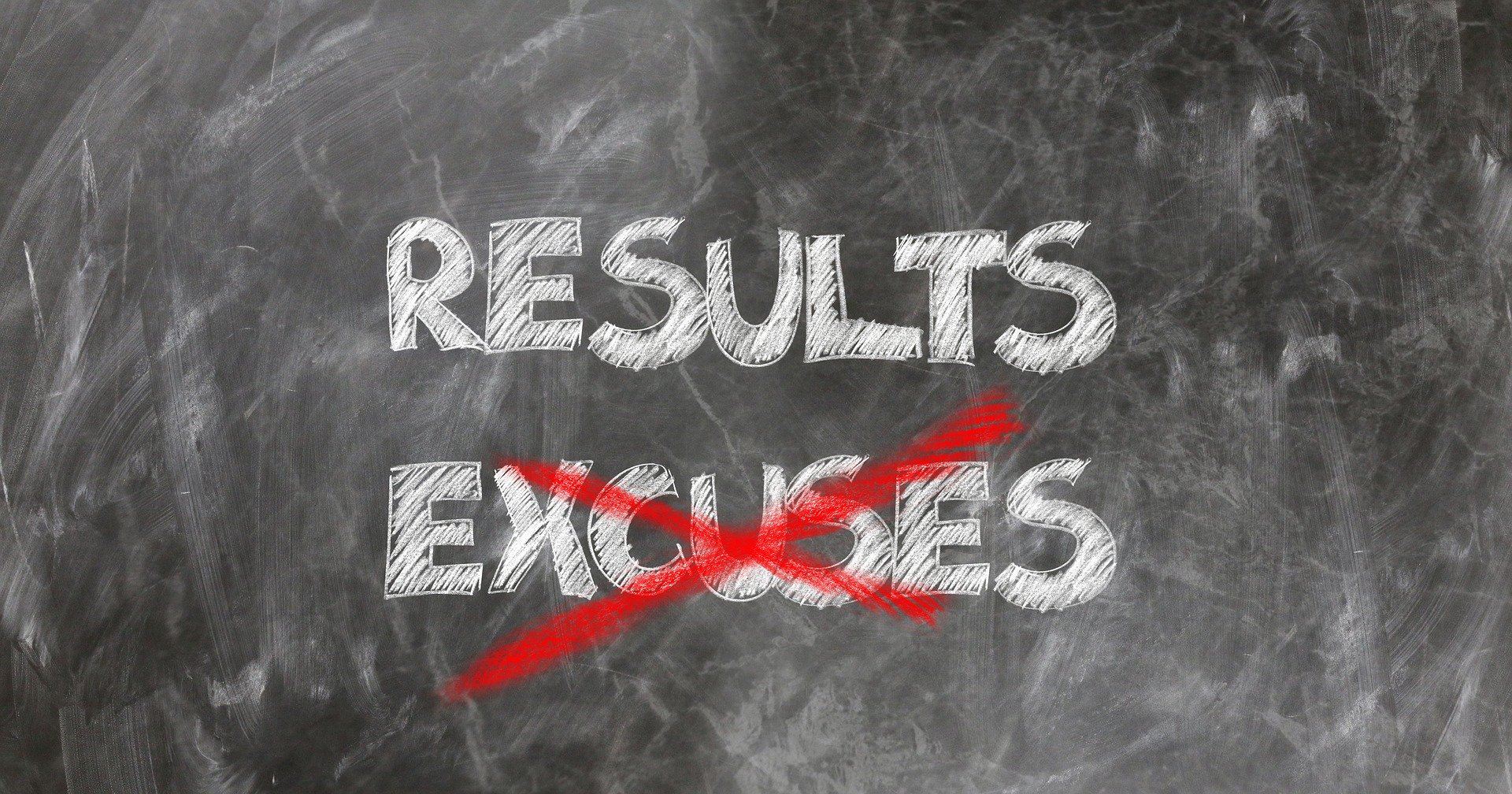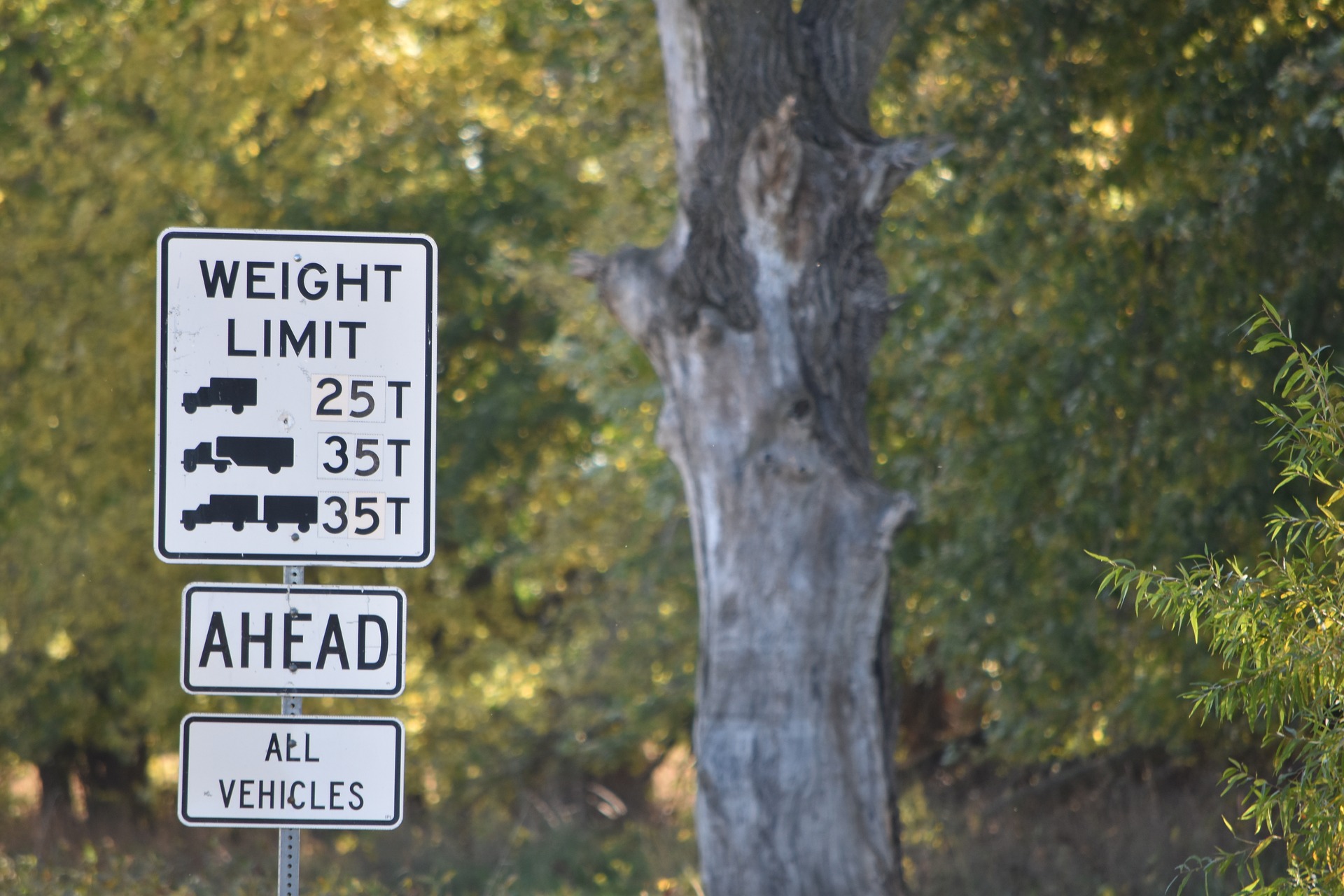As every PR professional knows, an artful public apology is a staple of reputation management – just ask Toyota, BP, or Goldman Sachs. A cottage industry has been created that’s dedicated to what I call “apology PR.”
But, apologizing is also a key piece of the social CRM toolkit, which communicators are rapidly learning and adopting. Nowadays, customers don’t just get mad, they get online. That’s why I was fascinated by the recent profile on the Southwest Airlines apology team. The group’s mission: to identify situations where passengers are inconvenienced, or worse, and to extend a prompt apology on behalf of the company.
When it comes to making amends, there are cultural challenges, as well as legal and business ones. Some experts contend that the typical American a response to a problem or accusation is to deny or challenge it, rather than to issue a mea culpa. The George Bush philosophy. That might be okay in a personal situation, but, in business, a poorly communicated apology is very damaging.
What’s great about the Southwest apology team isn’t the fact of its existence. But by naming the group, elevating it, and promoting its role Southwest conveys a great deal about its commitment to customer service – and its own brand reputation. It also offers some good lessons for the rest of us about how to say you’re sorry, whether publicly or otherwise.
Don’t delay. An apology that happens days or weeks after the offending incident is far less effective than one that comes within 48 hours. If it’s too late, it may only serve to remind the customer of something he’s already forgotten. In a public situation, it can easily seem the result of media or public pressure, which defeats the purpose.
Be accountable. Of course, there are always going to be circumstances beyond all control, and there are often legal reasons why a mea culpa isn’t advisable. But it helps to acknowledge what a service-oriented company is responsible for, which is doing all they can to ensure a good customer experience. The Southwest story highlights an incident where an obviously disturbed passenger chewed on her seat cushion, then disrobed and ran down the aisle of the plane. For the carrier to make amends for something so clearly out of left field wins extra customer loyalty points.
Explain, but stick to what’s relevant. A neutral explanation that does not offer excuses or point fingers, but serves to share information that the customer might not have had, can be very effective in deflecting anger.
Offer compensation. Here’s where the Southwest apology team has real clout. They offer travel vouchers to inconvenienced passengers. Not all companies can do that, but it sure can go a long way.
Be sincere. The standard “We’re sorry if anyone was offended” doesn’t sound authentic because, once again, it seeks to imply that the other guy’s at fault. A weaselly apology that points fingers or makes excuses is worse than none. Don’t go there.

